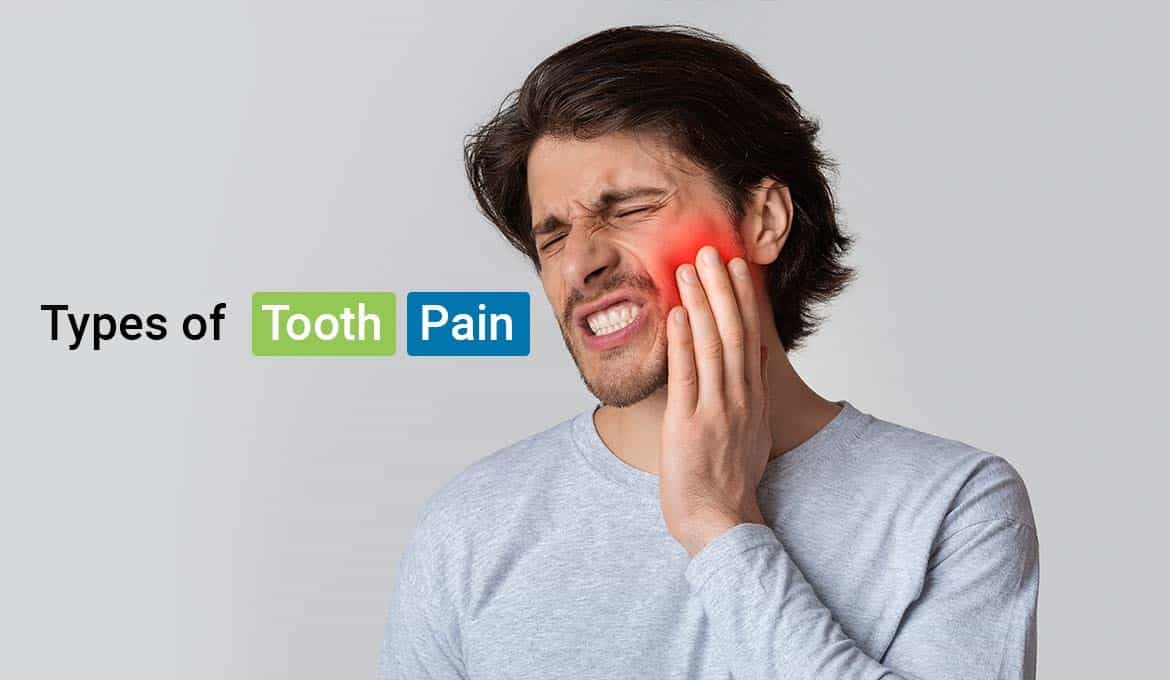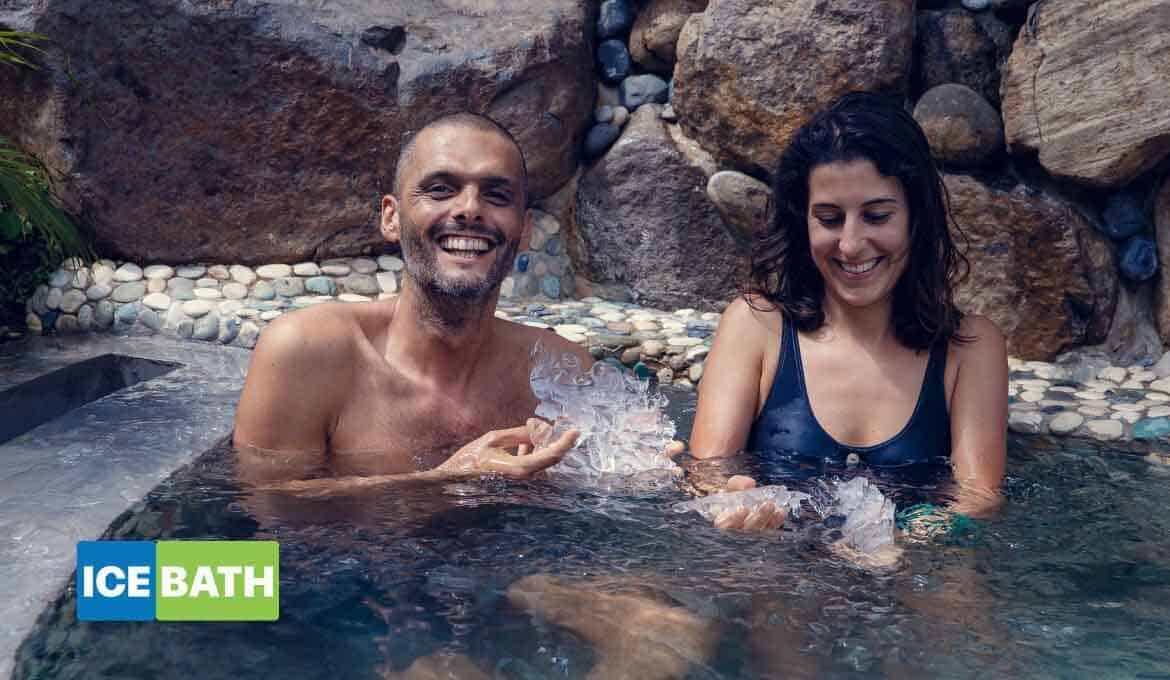
Time is finite and human needs infinite. It is impossible to incorporate the steps required to meet all our goals into our daily lives. This is why we look for life hacks. These are short-cut methods that offer significant benefits with minimal effort and time.
Certain life hacks can prove to be extremely useful, saving practitioners plenty of time and effort. However, most life hacks turn out to be nothing more than a placebo effect at best.
It is increasingly difficult for people to squeeze in some time for physical activity, diet, and skin-care regimen, into their daily lives. This has made life hacks especially popular regarding fitness and cosmetics.
One of the latest life hacks that have gained much traction in social media is “Mewing.” This technique offers a simple, non-invasive solution for correcting jaw positioning and breathing habits. In this article, we look at mewing, its origins, and its efficacy.
What is mewing?
Mewing is a facial reconstruction exercise that is performed to correct breathing issues, reshape the face, define the jaws, reduce jaw pain, and help reduce orthodontic issues. It works based on a newly purported theory in orthodontics called orthotropic.
Orthotropics seek to correct the alignment of jaws and faces using non-invasive techniques. It is a new philosophy within orthodontics that has yet to gain widespread acceptance from the medical community.
Orthotropics incorporates simple facial exercises that are to be followed consistently over a considerable period of time to correct facial features.
Proponents of this philosophy claim that the skeletal muscles can be shaped over a period of time using sustained activation, as evidenced by changes in the skeletal muscles of people who engage in specific forms of labor.
It is generally advised for young people as their bodies are still in the process of growing and therefore are more susceptible to change due to such practices.
Mewing is one such technique that primarily seeks to correct jaw positioning and breathing habits. It works through exercising and correcting the placement of the tongue within the mouth to correct the skeletal tissues in the palate and jaws.
Where does Mewing come from?
The idea of correcting jaw posture and mouth breathing through tongue placement was first proposed by British orthodontist John Mew.
He was aghast about the prevalence of invasive techniques, like surgery, to correct the jaw position and was exploring ways to achieve such results through less strenuous procedures.
While trying to develop such a technique, John Mew started a new movement of orthotropics, which seeks to correct facial bone and muscle placement through non-invasive practices, often in the form of small exercises.
One of the first techniques developed using this philosophy is mewing, which is named in honor of John Mew, and his son Michael Mew, both orthodontists who have worked extensively to develop othotropics.
How to perform mewing? What is the mechanism behind mewing?
Mewing seeks to collect the alignment of facial muscles and bones, especially the placement of the jaws and the palate, to provide a more desirable and healthy appearance. This is done by correcting the positioning of the tongue within the mouth, especially at rest.
The theory behind mewing is that a healthy human skull would have a wider palate and a lower prominent jaw. It is theorized that humans are evolving to have smaller jaws and cluttering teeth due to practices like mouth breathing and soft food.
It is argued that soft food has reduced the workload on the jaws, making them weaker, and mouth breathing has constricted palate development. Besides, it is believed by the Mews that the tongue position suggested in mewing is the ideal positioning as per nature, and it helps solve such issues of jaw positioning and breathing difficulty.
To perform mewing, place your tongue at the roof of your mouth (the palate) rather than resting it at the bottom or anywhere in between.
It is important to have the teeth closed but not clenched. You will notice that when mewing, your palate already feels elongated. It is also impossible to breathe through your mouth when mewing.
Regular mewing can help change the natural resting space of your tongue to the surface of your palate, which can, over time, widen your palate. Mouth breathing becomes impossible almost instantly and becomes second nature over time.
Does mewing work?
The answer to this may vary based on who this is posed to. Mewing has been a viral social media trend, and several teens and young adults swear by its efficacy. The scientific community still remains divided over the possibility of orthotropics itself.
There are no scientific studies that have proven to mew or other parts of orthotropics.
However, it is very difficult to perform a consistent scientific study on practices like mewing, as regulating the practice is extremely difficult, and it has to be followed over a long period of time before any conclusions can be made.
The general scientific consensus is that it is not possible to alter facial skeletal muscles using regular exercise, and surgery might be a more suitable solution.
However, several practitioners offer anecdotal evidence to support mewing. It is considered especially effective for children and teens as their bodies are still developing.
The social media trend of mewing brought forth several before-and-after images to support mewing. Several of these pictures have been debunked to be a product of angles, lighting, and contouring rather than actual changes in the skeletal muscles.
When viewing the available evidence, there is little support for the idea that mewing can offer better facial and jaw definition.
However, it is a simple practice that can be practiced by anyone without harm. Therefore, if you are someone interested in mewing, there are no ill effects to be wary of. It also definitely blocks mouth breathing, which is a definite improvement that can be made in breathing habits.
How to improve jaw definition?
Having well-defined jaws is seen as a mark of an attractive appearance. This has resulted in high demand for tools and techniques that can help correct jaw placement. However, most of these techniques are social media fads that have little empirical evidence supporting them.
One sure-shot way to have better-defined jaws is to decrease overall body fat and increase jaw muscles. This can be achieved by:
Fat loss:
Spot reduction is a pseudoscience, and it is impossible to specifically lose weight or fat from the jaws. However, overall body fat loss also leads to weight reduction in the face and jaws.
Body fat loss can be achieved by maintaining a calorie deficit through diet and exercise. It can be further enhanced by consuming a well-balanced diet rich in all essential nutrients. It would be further advised to increase the intake of proteins for this purpose.
Muscle gain:
Performing simple exercises that work facial muscles and jaws can help build jaw muscles. This can help achieve a well-defined jaw, as the muscles are hard tissues that give a good shape to the face.
Furthermore, muscle development also gives a more toned look to the face and gives firmer cheeks and neck, which further enhances the definition of your jaw. Some facial exercises, like robust chewing, chin trucks, tongue stretch, etc., can help you build jaw muscles.
Conclusion
Social media is an exhilaratingly fast-moving community where most content has a short lifespan. New fads in the fields of healthcare, fitness, and cosmetics gain traction every day, and several of these go on to become viral trends.
Most of these fads are backed by users who try them. However, very few of these trends have any strong backing from science.
Some techniques might work for some people due to certain specific conditions. Further, users see changes due to their confirmation bias of wanting those changes to occur.
However, not all such trends can be dismissed, as research might not be carried out solely due to a lack of funding in certain studies.
Therefore, it is important to take such fitness and beauty life hacks with a pinch of salt. As long as the technique is minimalistic and poses little to no risks, there is little harm in trying it.
It is, therefore, advisable that you conduct your own research regarding the efficacy and potential side effects of any such technique that you consider practicing. Further consultation with your healthcare provider would be ideal.
FAQs
Q1) What is orthotropics?
Ans) Orthotropics is a new philosophy in orthodontics developed by John Mew, and his son Michael Mew, who are orthodontists. It proposes non-invasive techniques for correcting jaw posture instead of resorting to invasive options like surgery. The idea is that skeletal muscles can be shaped according to the activity that it is subject to. However, orthotropics is yet to find widespread acceptance in the scientific community.
Q2) Where does Mewing get its name from?
Ans) Mewing is named after orthodontists John and Michael Mew, who proposed the technique as a part of their newly developed philosophy of orthotropics. It is named in their honor as they helped develop and popularize the technique on social media.
Q3) How long does mewing take to work?
Ans) Orthotropics is claimed to be more effective for teens and young adults as their bodies are still undergoing development. It is widely claimed that young children can see changes within a few months, teens within a few months to a year, and young adults within a couple of years. It is said to be nearly impossible for older adults to alter their skeletal tissues using mewing.
Q4) Can mewing help correct mouth breathing?
Ans) Yes, mewing is extremely helpful in curbing mouth breathing. When resting your tongue on the palate, as required for mewing, it is impossible to breathe through your mouth. Regular practice of mewing can make resting your tongue on your palate your natural default practice. This helps curb mouth breathing and promote nasal breathing.
Read Also:






















































